Restoran Haftası etkinlikleri kapsamında, Levon Bağış’ın anlatımı eşliğinde küçük çaplı bir peynir tadım etkinliğine katıldım. Bu tadım, yaklaşık 20 yıldır Cihangir’de açtıkları küçük dükkânları ile gastronomik anlamda büyük işler yapan iki ortağın işletmesi Antre Gourmet’de yapıldı. Peynire olan tutkularını iki kitap yazarak yansıtan Berrin ve Neşe Hanım, dükkânlarında çok farklı peynir türleri de satıyorlar. Tadım gününün gündüzünde öğle menüsünü denemek için mekâna uğradığımda akşam yapılacak etkinliğe katılacak olan bir kişi son anda rezervasyonunu iptal etti ve şansıma kontenjan açılınca bu fırsatı hemen değerlendirdim.
İstanbul, şehre demek olan stan kelimesi ile şehir anlamına gelen polis kelimesinin bileşiminden geliyor. Stanpolis kelimesi zamanla İstanbul’a dönüşmüş. İmparatorluk başkenti olduğu için şehir kelimesi sadece burası için kullanılmış. Ancak günümüzde İstanbul şehir kimliğinin çok uzağında özellikle gastronomik anlamda kimliğini büyük ölçüde yitirmiş. Mesela şarküteri kültürü günümüzde İstanbul’da çok zayıfladı. Geleneksel yöntemlerle üretim yapan sayılı şarküteri var günümüzde. Anadolu’dan örnek vermek gerekirse pastırma konusunda dikkati çeken iki şehrimiz var: Kayseri ve Kastamonu. Her ikisi de yüksek bir dağın kıyısında bulunan şehirler. Bunlardan Kayseri’de kurutma işlemi artık genelde fırınlarda yapılmaya başlanmış. Çünkü Erciyes Dağ’ından esen rüzgârlar kurutma işleminde artık kullanılamıyor. Rüzgârların yolu binalar tarafından kesilmiş.
Tadım menüsündeki peynirlere değinecek olursam, ilk tattığımız peynir sepet koyun peyniri oldu. Ege kültüründe yaygın olan sepetlere basılarak yapılan bir peynir türü. Kuzey Ege bölgesinde sepete peynir basma geleneği iyi süt kullanılarak halen devam ediyor. Tümüyle koyun sütünden peynir üreten üretici yokmuş artık. Paçal peynirler (inek, keçi ve koyun sütlerinin belli oranda karışımı) yaygın. Bu sepet peyniri hafif, floral tatlara sahipti.
Peynirde oluşan kusurları kapatacak en iyi yöntem tuz kullanmak. Ayrıca peynirin uzun süre dayanmasını da sağlıyor. Peynirin aşamalı olarak salamura edilmesi önemli bir detay. Peynirin üretildiği bölgenin ısısı, nemi, coğrafi özellikleri peynirlere kendine özgü tatları vermeyi sağlıyor. Sanayi tipi üretimde ise en az malzemeden en çok miktarda peynir üretimi hedefleniyor.
Çorum Kargı tulumunun makbul olanı tümüyle keçi sütünden yapılanı. Beze basılan bir peynir türü. Birkaç hafta süreçten sonra özel hazırlanan oğlak derilerine basılıyor. Elle dikilmiş deriler bunlar. Makine dikimi de denenmiş ama peynir bozulmuş. Ülkemizde keçi yetiştiriciliği fazla yaygın değil. Keçi besiciliği için teşvikler azaldı.
Divle obruk peyniri ise tadım kapsamında en beğendiğim peynir oldu. Konya-Karaman bölgesinde koyun sütünden yapılıyor. Bölgede domalan mantarı da bulunduğu için peynirde bu mantarın tadı da biraz geliyor. Mağaralarda bekletiliyor. Mağarada bulunan kırmızı küf bir süre sonra peynire de bulaşıyor. Son dönemde fazla talep gören bir peynir. Üretilen peynirlerin yaklaşık yarısı inek sütüyle yapılıyor. Kompleks bir yapısı var. Farklı tatlar damakta bir uyum oluşturuyor. Parmesan ve rokforun özelliklerini taşıyan bir peynir olduğuna dair yorumlar almış.
Gorcola peyniri de çok farklı ve vahşi bir peynir türü. İlk tattığımda aşırı keskin buldum ve beğenmedim. Biraz sonra alıştım ama obruk peyniri kadar beğenmedim yine de. Artvin, Şavşat bölgesine özgü bir peynir. Yağı alınmış inek sütünden yapılıyor. Peyniri baskılarken kullanılan taşın adı gorcola olduğu için ismi buradan geliyor.
Balıkesir’de üretilen özgün bir peynir sürpriz şekilde menü haricinde karşımıza çıktı. Küflü katık peyniri. Bölgede yetişen meşe kabukları haşlanıyor. Haşlandığı suya renk veriyor. Peynirin konduğu deriler o suyun içinde inceltiliyor. İçindeki peynir yoğurttan yapılıyor. Yoğurt ise keçi sütünden. Yoğurdun mayasında ise Hıdrellez sabahı çimenlerin üstündeki su, kaşıkla alınarak kullanılıyormuş. Bir de Sındırgı’ya özgü bir peynir türü varmış: İçi yünlü tulum peyniri. Bölgede serbestçe otlayan karasığırların sütünden yapılıyor. Peynir koyun tulumunun yünlü yüzeyine basılıyor. Her iki peynir de dünya miras listesinde Türk peyniri olarak kayıt altına alınmış. Bunlar çok sınırlı yerde üretilen, özgün çeşitler.
Erzincan tulum peyniri tağşişin en sık yapıldığı peynir türlerinden biri. Daha önce tattığım diğer tulum peynirlerine kıyasla keskin bir tadı yoktu. Şap gibi değil, dengeli bir tuz oranına sahipti.
Tüm bunlardan sonra denediğimiz Hardallı gouda ise bu kadar zengin çeşitten sonra zayıf kaldı ama böyle daha az yoğun bir peyniri yemek de damağı temizliyor. Tadım menüsünde peynirler dışında Kayseri bonfile pastırma, dil füme, sade rozbif, portakallı ve limonlu zeytin, Erzurum Karakovan balı da vardı. Eşlikçi olarak da simit parçaları.#KanGurular Erşen T.
I have joined a small cheese-tasting event in the context of Restaurant Week accompanied by expressing of Levon Bağış. This tasting arranged in Antre Gourmet, business of two partners making great jobs gastronomically with their small shop opened in Cihangir along about 20 years. Berrin and Neşe Hanım reflected their cheese passion by publishing two books. They also sell very different cheese kinds in their shop. When I dropped by the shop to try the lunch menu; somebody who will join the evening event cancelled his book at the last moment when I dropped by the shop for lunch menu. Just my luck a vacancy has emerged and I evaluated this opportunity right now.
The meaning of İstanbul is coming from the compound of words of Stan (it means to the city) and polis (it means city). The word of Stanpolis converted to İstanbul by time. The word of city is used only for here due to it is the capital of empire. But, İstanbul is far away its own identity. It has mainly lost its identity especially in the meaning of gastronomy. For example, charcuterie culture has weaken in İstanbul nowadays. There are a few charcuterie making production in traditional ways. Another example is from Anatolia. There are two cities draw attention in the subject of pastrami; Kayseri and Kastamonu. Both cities are located at the edge of a high mountain. Dehydration process is making usually in the ovens at Kayseri. Because the winds coming from Erciyes Mountain are not used in dehydration now. The way of the winds cut by the buildings.
I want to talk about the cheese kinds in tasting menu. The first cheese we tasted became basket sheep cheese. It is a cheese kind common in Aegean culture made by pressing baskets. This tradition continues in North Aegean Region by using high quality milk. There is no producer using totally sheep milk. Paçal (the mixture of cow, sheep and goat milks) cheese kinds are common. This basket cheese have light, floral tastes. The best way hiding the defects composing in cheese is using salt. Beside it provides to keep the cheese for a long time. The gradually corning process is an important detail for cheese. The heat, wet, geographical specifications of the production place of the cheese provide unique tastes to it. The target of the industrial production to make maximum production by using minimum ingredients.
The favourite of Çorum Kargı bryndza cheese made from goat milk. It is cheese kind pressing into fabric. It is pressing into specially prepared kidskins after a few weeks process. These are skins sewing by hand. Machine sewing is also tried but cheese has spoiled. Goat farming is not common in our country. Incentives have decreased for this. Divle cave cheese became my favourite one in the context of tasting. It made from sheep milk in Konya-Karaman region. Due to there is also truffle in the region, you feel a little the taste of the mushroom. It is aged in caves. The red mould available in the caves contaminates to the cheese after a while. It demanded very much recently. About half of the produced cheese made from cow milk. It hasa complex texture. Different tastes accord on the palate. Some people commented it as carrying of specifications of both parmesan and Roquefort.
Gorcola is an also very different and wild cheese kind. I found it too sharp and did not like when I tasted it first time. I used to it later but I did not like it as I liked cave cheese. It is peculiar to Artvin Şavşat. It made from skimmed cow milk. Its name is coming from the stone called gorcola using pressing the cheese.
A special cheese produced in Balıkesir met us surprisingly except menu. “küflü katık” cheese. The tans raising in the region are boiling. It encolors the boiling water. The skins where the cheese put in are thinning out in this water. The cheese made from yoghurt. Yoghurt made from goat milk. The water on the grass on Hıdrellez morning is using taking by spoon in the yeast of yoghurt. There is another cheese kind peculiar to Sındırgı: wooly bryndza cheese. It made from milks of black cows freely cropping in the region. The cheese is pressing on the hairy side of sheepskin. Both of them registered as Turkish cheese to the world heritage list.
Erzincan bryndza cheese is one of the cheese mostly made adulteration. Its taste was not sharp as the ones I tasted before. Its saltiness rate balanced. The mustard gouda remained weak after all these ones but such a light cheese clears the palate. There were Kayseri pastrami, plain roast beef, smoked tongue, olive with orange&lemon, Erzurum Karakovan honey and pieces of Turkish bagel in the menu except cheese kinds. #KanGurular






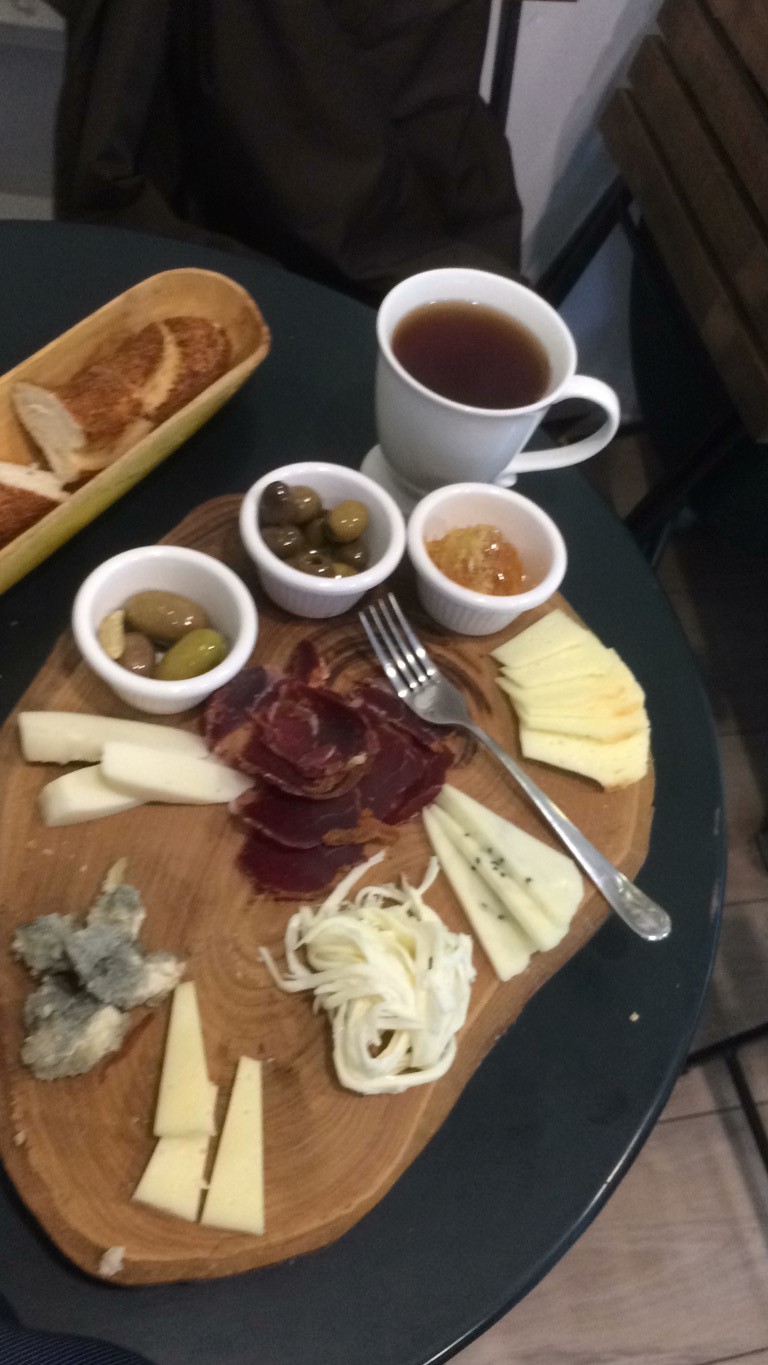








İletişim/Ulaşım
Adres: Bakraç Sok. No: 14 B 34433 Cihangir/İstanbul
Telefon: +90212 2928972


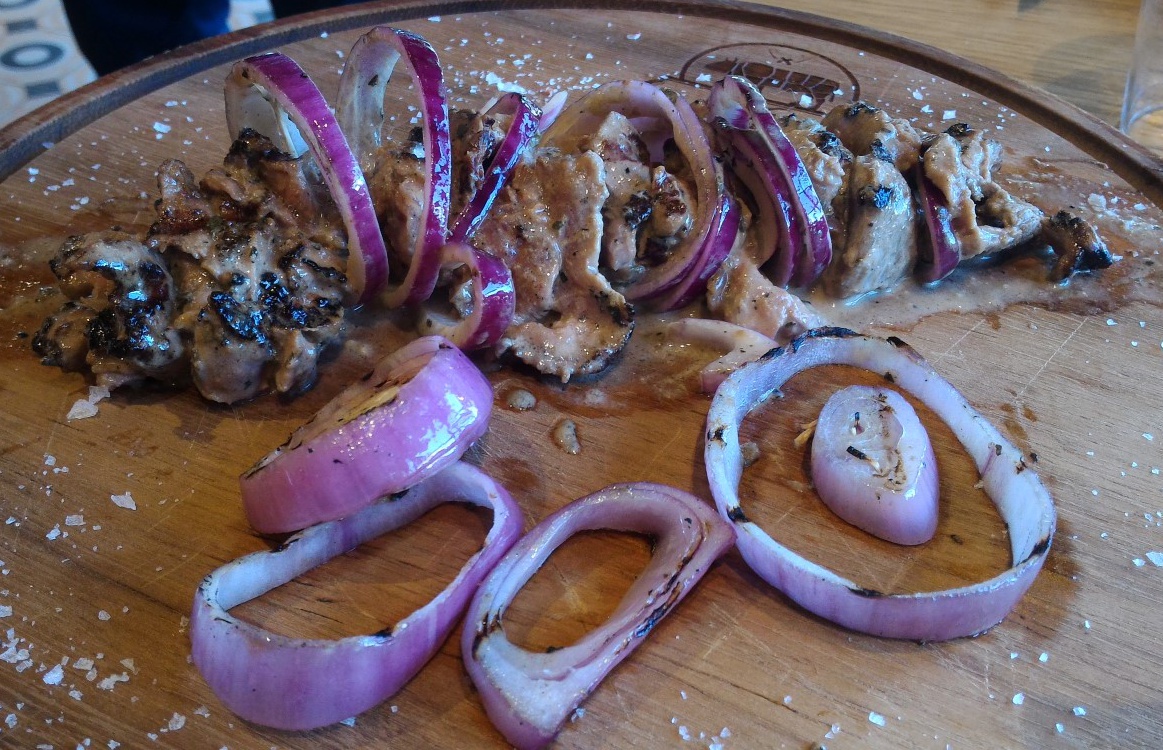
_cropped.jpg)
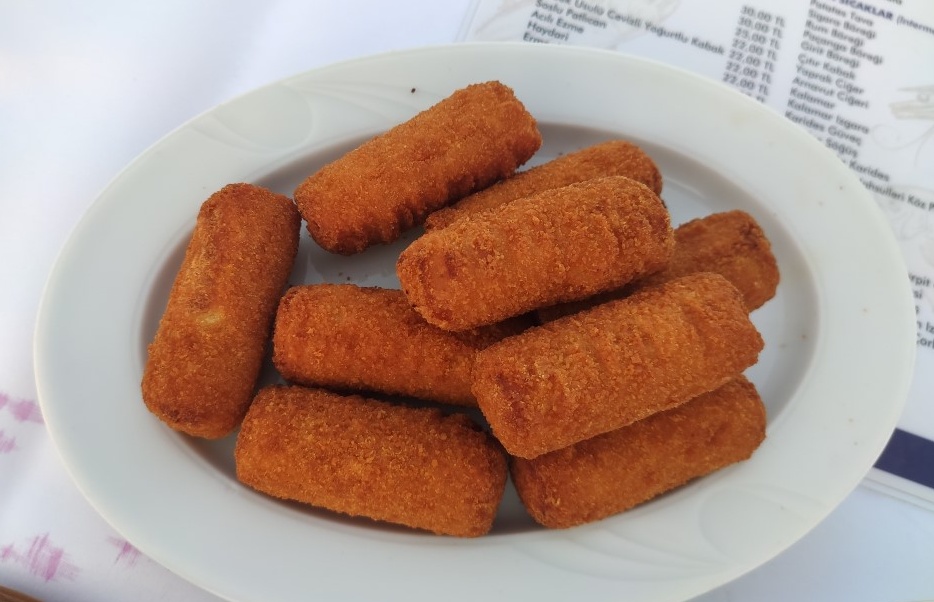
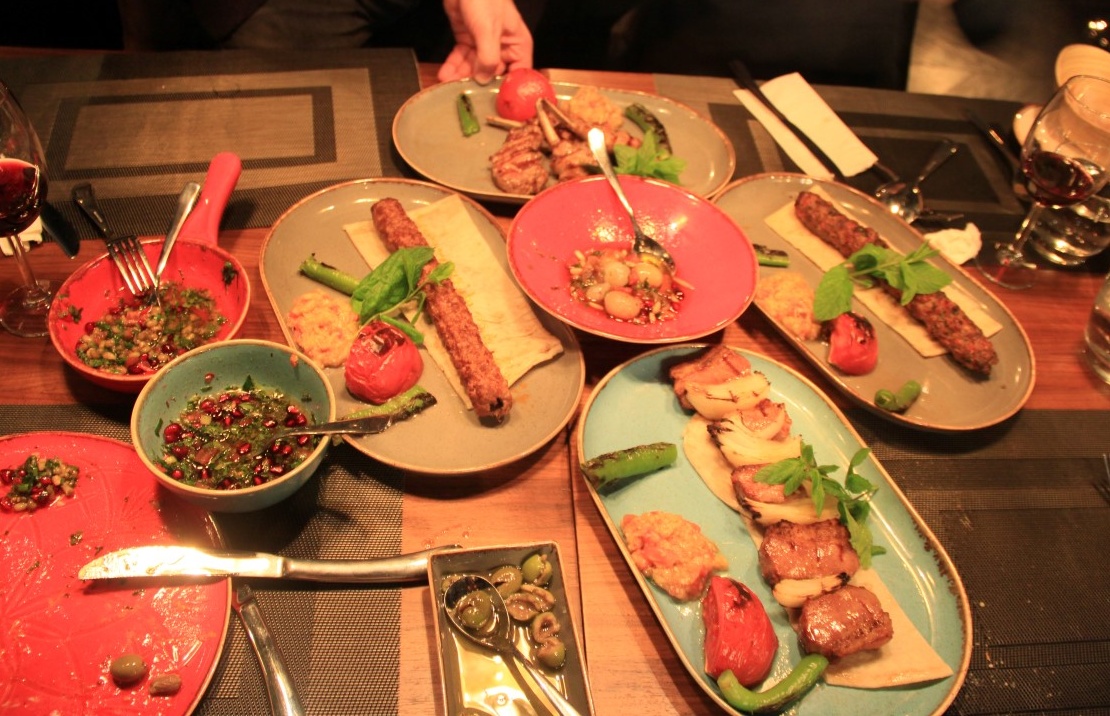
.jpg)
_cropped_(1).jpg)
.jpg)
_2_(300-180).jpg)
.jpg)
.jpg)
_cropped_(1).jpg)
_cropped_(1).jpg)
.jpg)
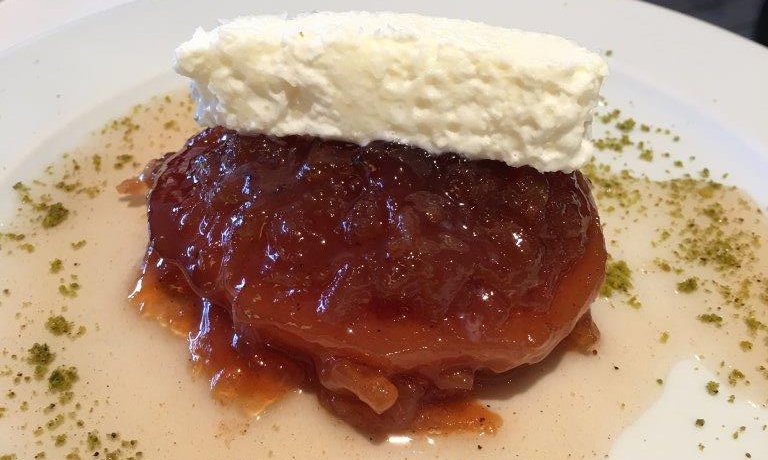
.jpg)
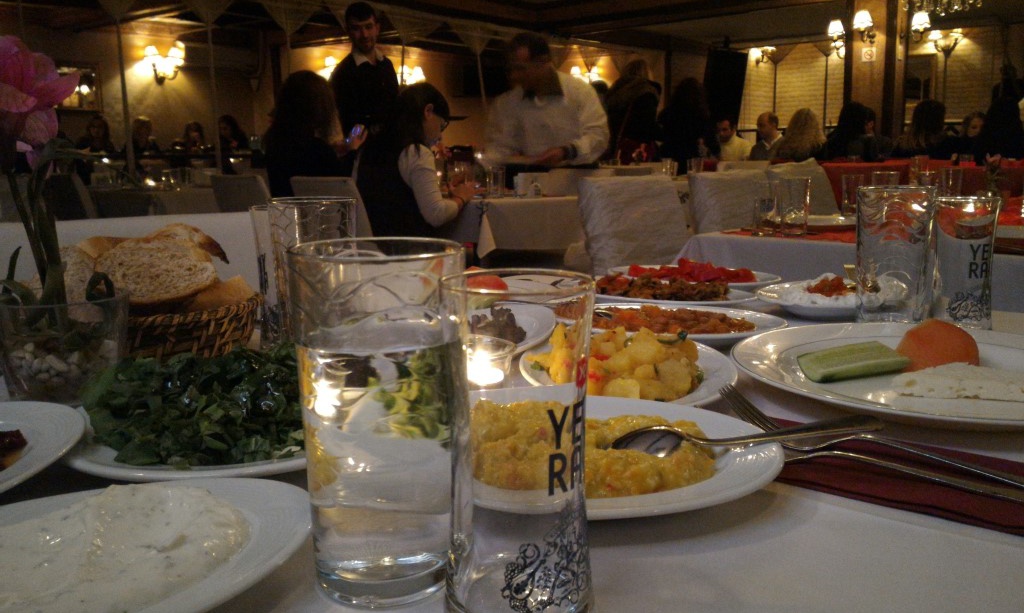
.jpg)
.jpg)
.jpg)
.jpg)
.jpg)
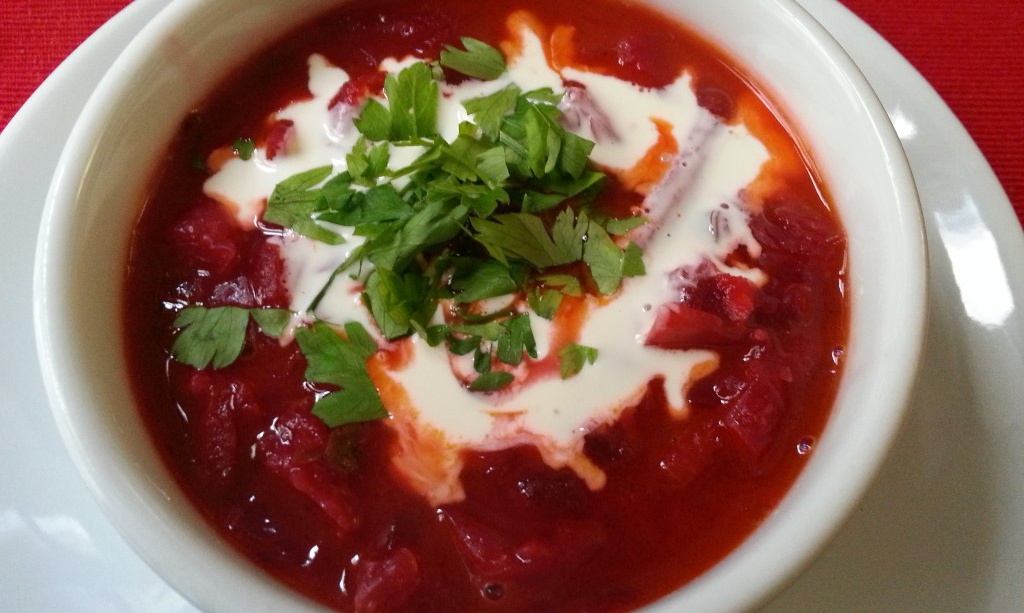
.jpg)
.jpg)
.jpg)
.jpg)
.jpg)
.jpg)
.jpg)
.jpg)
.jpg)
.jpg)
.jpg)
.jpg)
.jpg)
.jpg)
